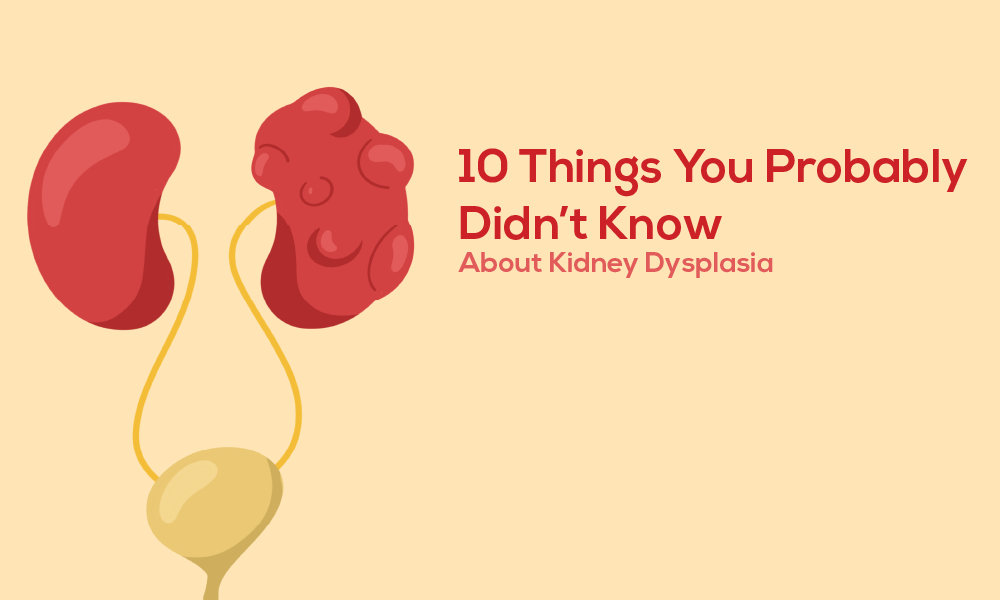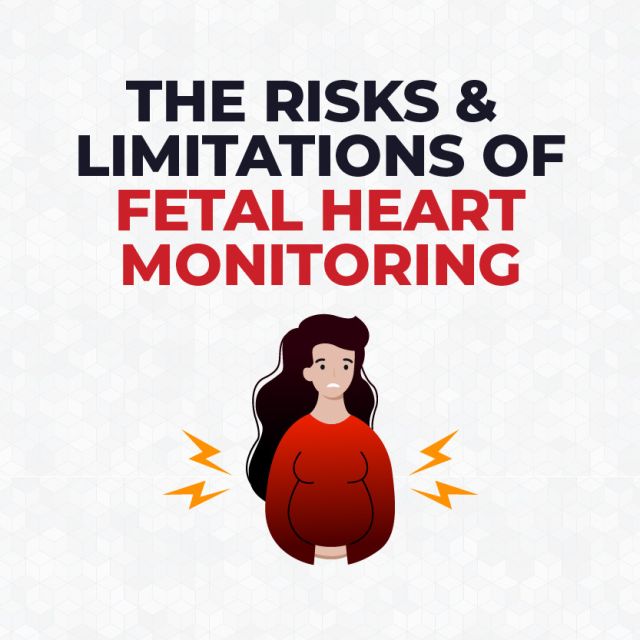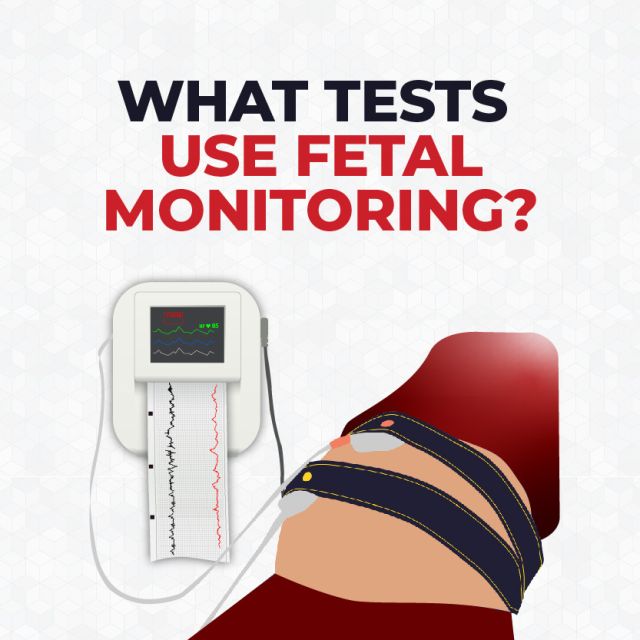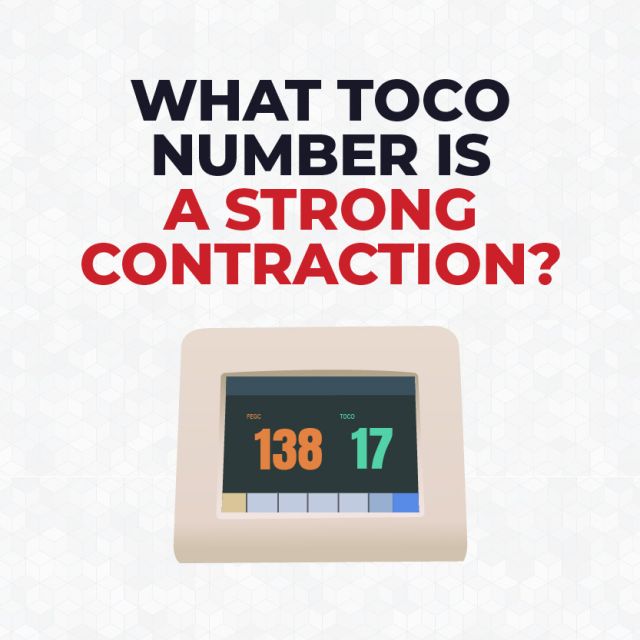10 Things You Probably Didn’t Know About Kidney Dysplasia

What is Kidney Dysplasia?
Kidney dysplasia is a congenital abnormality found in one or both of the kidneys. It occurs during fetal development when tubules (a network of small structures that filter and clean the blood and urine) fail to branch out completely. Because of this, the urine that would typically flow through the tubules has nowhere to go. As the urine becomes trapped it forms cysts (fluid-filled sacks) inside the kidney. Over time, the cysts replace the kidney’s normal tissue and disrupt the kidney’s ability to function.
10 Things You Probably Didn't Know About Kidney Dysplasia
- The congenital abnormality is also known as renal dysplasia or multicystic dysplastic kidney.
- It can affect one or both kidneys.
- It is fairly common and occurs in 1 in every 4,300 births.
- However, renal dysplasia in both kidneys is rarer and only occurs in 1 in every 10,000 births.
- It is often caused by genetics but can also occur if the birth mother takes certain prescription medication or illegal drugs.
- It can be passed on by either parent, even if the parent does not show symptoms.
- It is more common in Caucasian babies.
- Common symptoms are pain, fatigue, and urinary tract problems.
- In rare cases, patients could develop other symptoms and conditions such as high blood pressure and kidney cancer.
- In certain instances when only one kidney is affected treatment may not be needed.
Resources
Urology Care Foundation, www.urologyhealth.org
National Institute of Diabetes and Digestive and Kidney Diseases, U.S. Department of Health and Human Services, 1 July 2015, www.niddk.nih.gov
Children’s Wisconsin, childrenswi.org
Takeda, Allison, et al. EverydayHealth.com, www.everydayhealth.com







